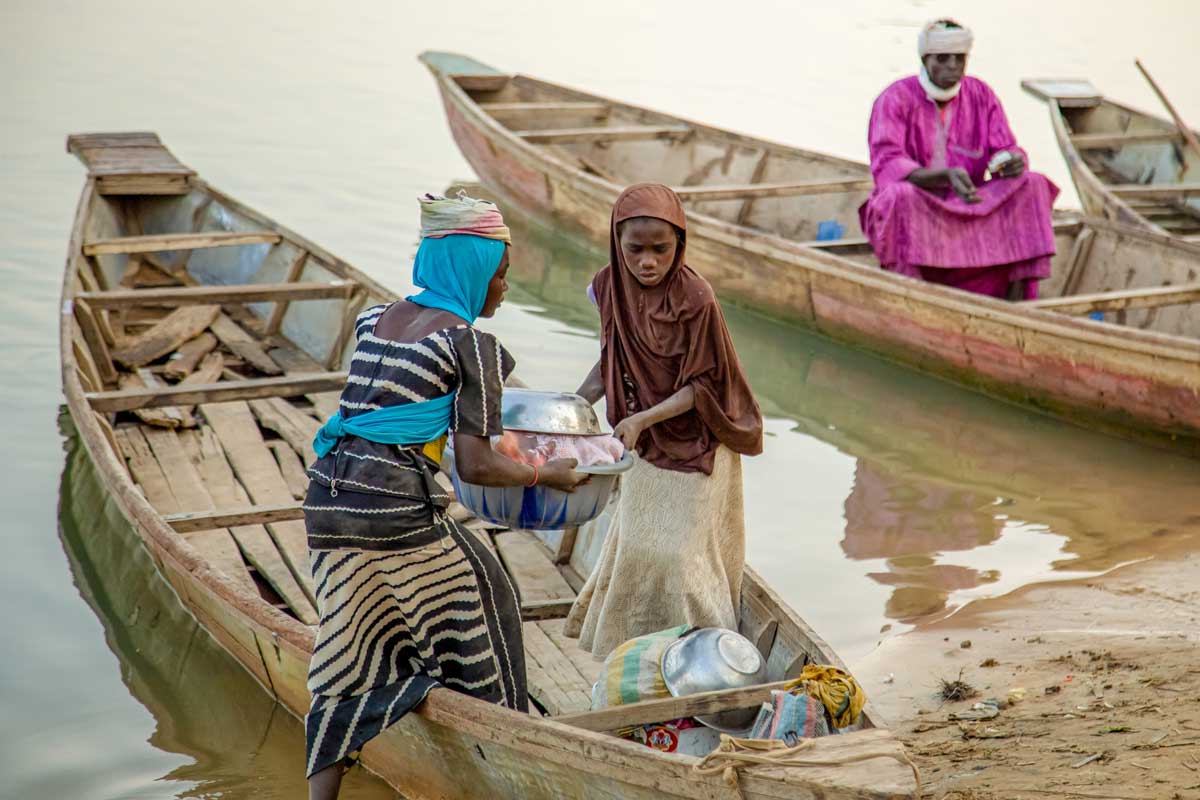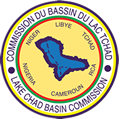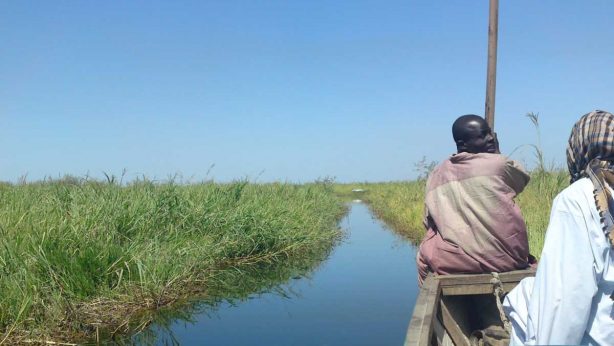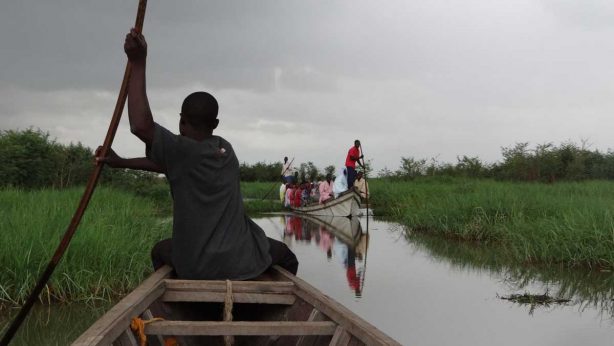The Regional Stabilization Facility For Lake Chad

CONTEXT
The link between security, humanitarian and development issues around the Lake Chad Basin has led to an intractable extremist insurgency since 2009 that has killed tens of thousands of people and displaced an estimated 2.5 million people. To date, more than 10 million people in the Lake Chad Basin, particularly the northern and far north regions of Cameroon, Hadjer Lamis and Lake provinces in Chad, the Diffa region in Niger and the states of Borno, Yobe and Adamawa, are affected and in urgent need of assistance. In response to these threats and to address the root causes of the conflict and ensure the long-term stabilization of the region, a regional strategy for stabilization, recovery and resilience (RSS) of the Lake Chad Basin areas affected by Boko Haram, was adopted by the Council of Ministers of the Lake Chad Basin Commission in August 2018 and approved by the African Union Peace and Security Council (CSCAU) in December 2018.
Consequently, as a contribution to supporting the RSS and is aimed at securing a step-change in the scale and nature of intervention around Lake Chad, in terms of speed and flexibility of response, increased territorial coverage, and improved regional cooperation, UNDP has set up a Regional Stabilization Facility for Lake Chad (“the Facility”). The Facility acts as a rapid-response mechanism that relevant authorities can sequence with military operations as necessary, to ensure immediate follow-up in specific locations that curtails the ability of Boko Haram to re-infiltrate and exploit any security vacuum or community perceptions of non-responsive Government, by extending an organized and effective civilian security umbrella and by consolidating military progress with development ‘dividends’ for the local population.
PROJECT OBJECTIVE
The Regional Stabilization Facility for Lake Chad’ (RSF) main objective is to stabilize the Boko Haram affected areas of the Lake Chad Basin through a multiscale multi-country mechanism with activities covering stabilisation and recovery, security, development and institutional support. Its specific objectives include:
Immediate stabilization of insecure areas, where few actors are currently working, and where communities remain vulnerable to continued infiltration and attack
Extended Stabilization: Support to LCBC and AU implementation of the RSS as a coherent and coordinated overarching framework for cross-border cooperation and multi-partner intervention in the region, aimed at long-term stabilization and steady transition from the provision of humanitarian assistance to development and resilience
Several of the activities envisaged to secure the outputs necessary to immediate stabilization are already being implemented by UNDP or other actors. The facility aims to increase effectiveness by delivering them together as a package, rapidly and flexibly, in more vulnerable areas where such assistance is currently piecemeal or absent.
BENEFICIARIES
PROJECT TARGUET AREAS
The northern and far north regions of Cameroon, Hadjer Lamis and Lake provinces in Chad, the Diffa region in Niger and the states of Borno, Yobe and Adamawa in Nigeria
DURATION
2019 – 2021
PROJECT TOTAL COST
USD 100 million


